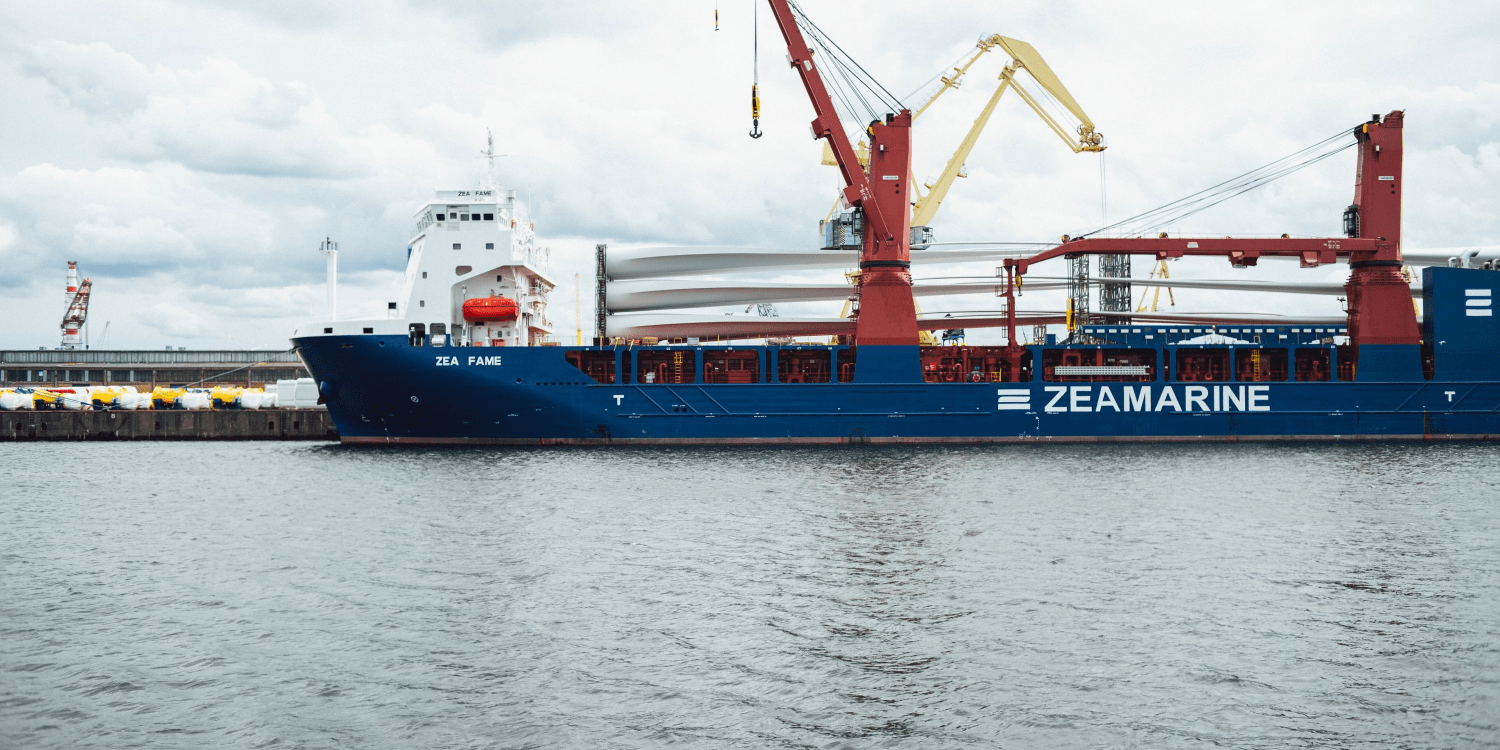Challenges and Opportunities Amidst the Commodity Market ‘Super Squeeze’

In the ever-evolving landscape of global economics, commodity markets are currently experiencing an unprecedented phenomenon — a ‘super squeeze.’ This surge, characterized by intense demand and supply imbalances, has sent shockwaves through various sectors, igniting discussions about the sustainability of elevated prices. As market forces collide, the article delves into the intricacies of this ‘super squeeze,’ exploring its root causes, potential long-term implications, and the factors contributing to the sustained surge in commodity prices.
From energy to agricultural staples, this examination aims to unravel the complex dynamics shaping the current market scenario, shedding light on whether these elevated prices are a transient anomaly or a harbinger of a new economic reality.
Navigating the ‘Super Squeeze’: Challenges and Opportunities in Global Commodity Markets
The current state of global commodity markets is marked by a concerning “super squeeze,” as stated by HSBC’s chief economist, Paul Bloxham. This phenomenon results from a combination of supply disruptions, geopolitical tensions, and climate-related challenges. Bloxham emphasized that this squeeze is driven more by supply constraints than robust demand growth, which may have adverse effects on global economic growth.
Geopolitical risks, including conflicts like the Israel-Hamas clash and the Ukraine war, along with climate change-induced disruptions, contribute to the deeper and potentially prolonged nature of this “super squeeze.” Moreover, the insufficient investments in key energy transition metals, such as copper and nickel, intensify the supply squeeze, impacting commodities critical for the global push towards a net-zero carbon future.
While the demand for energy transition metals is rising due to the pursuit of a net-zero carbon future, there is a significant gap in investments allocated to secure these essential minerals. The Energy Transitions Commission warns of potential shortages in metals like graphite, cobalt, copper, nickel, and lithium in the coming decade, hindering the progress of the energy transition.
Large-scale mining projects face a time lag of 15-20 years, and a lack of exploration and production investments in the last decade exacerbates the supply constraints. To meet the growing demand and ensure a steady supply, annual capital investments in these metals need to increase from the current average of $45 billion to approximately $70 billion each year until 2030.
The landscape becomes more complex as the world seeks to triple global renewable energy capacity by 2030, creating additional demand for metals crucial to this transition. Technology could play a role in easing the squeeze if innovations facilitate easier extraction of battery metals. However, the timeline for a resolution remains uncertain, and the potential for a deeper economic downturn globally could be a catalyst for lower commodity prices.
Metals, particularly those associated with clean energy and iron ore, are expected to be most impacted by the current market dynamics. Iron ore has experienced a significant price surge due to low inventory levels and insufficient investments in capacity expansion.
Despite the prevailing challenges, some analysts argue that commodity markets are still “adequately supplied” for the most part. However, concerns persist, with a focus on slumping demand amid a sluggish global economy. While global oil inventories increased in 2023, the hopes for a rebound in Chinese demand are seen as a potential factor that could alleviate the challenges faced by commodity markets.
In summary, the ‘super squeeze’ in commodity markets is a multifaceted issue driven by supply constraints, geopolitical uncertainties, and insufficient investments in critical minerals. The outcome remains uncertain, with potential ramifications for global economic growth and the trajectory of the energy transition.
Strategies Amidst Chaos: Challenges and Seizing Opportunities in the Current Commodity Market ‘Super Squeeze
Entering the commodity market in the midst of the current ‘super squeeze’ poses both challenges and opportunities for prospective investors. The heightened volatility driven by supply constraints, geopolitical tensions, and climate-related disruptions introduces an element of risk that demands careful consideration. For instance, commodities such as copper and nickel, crucial for the energy transition, face a supply crunch due to insufficient investments. This scarcity not only amplifies the risks but also potentially enhances the rewards for those who navigate the market adeptly.
Investors eyeing clean energy metals may find themselves in a strategically advantageous position, given the escalating demand for these resources. However, the long lead times associated with establishing mining projects underscore the importance of anticipating future demand trends. The potential for a prolonged ‘super squeeze’ emphasizes the need for a comprehensive risk management strategy.
On the other hand, iron ore presents a contrasting scenario. Despite its significant price surge, driven by low inventory levels, the risks associated with the broader economic downturn and geopolitical uncertainties may make entry into this market more intricate.
Navigating the commodity market also demands a nuanced understanding of global dynamics, as exemplified by the impact of conflicts like the Israel-Hamas clash and the Ukraine war on commodity prices. Prospective investors must closely monitor geopolitical developments to make informed decisions.
In conclusion, entering the commodity market amid the current ‘super squeeze’ requires a judicious approach. While there are potential rewards, investors must be attuned to the heightened risks associated with supply constraints, geopolitical events, and the evolving landscape of the energy transition. Diligent research, strategic planning, and a proactive risk management approach are essential for those seeking to navigate this complex market environment successfully.


























Comments (0 comment(s))